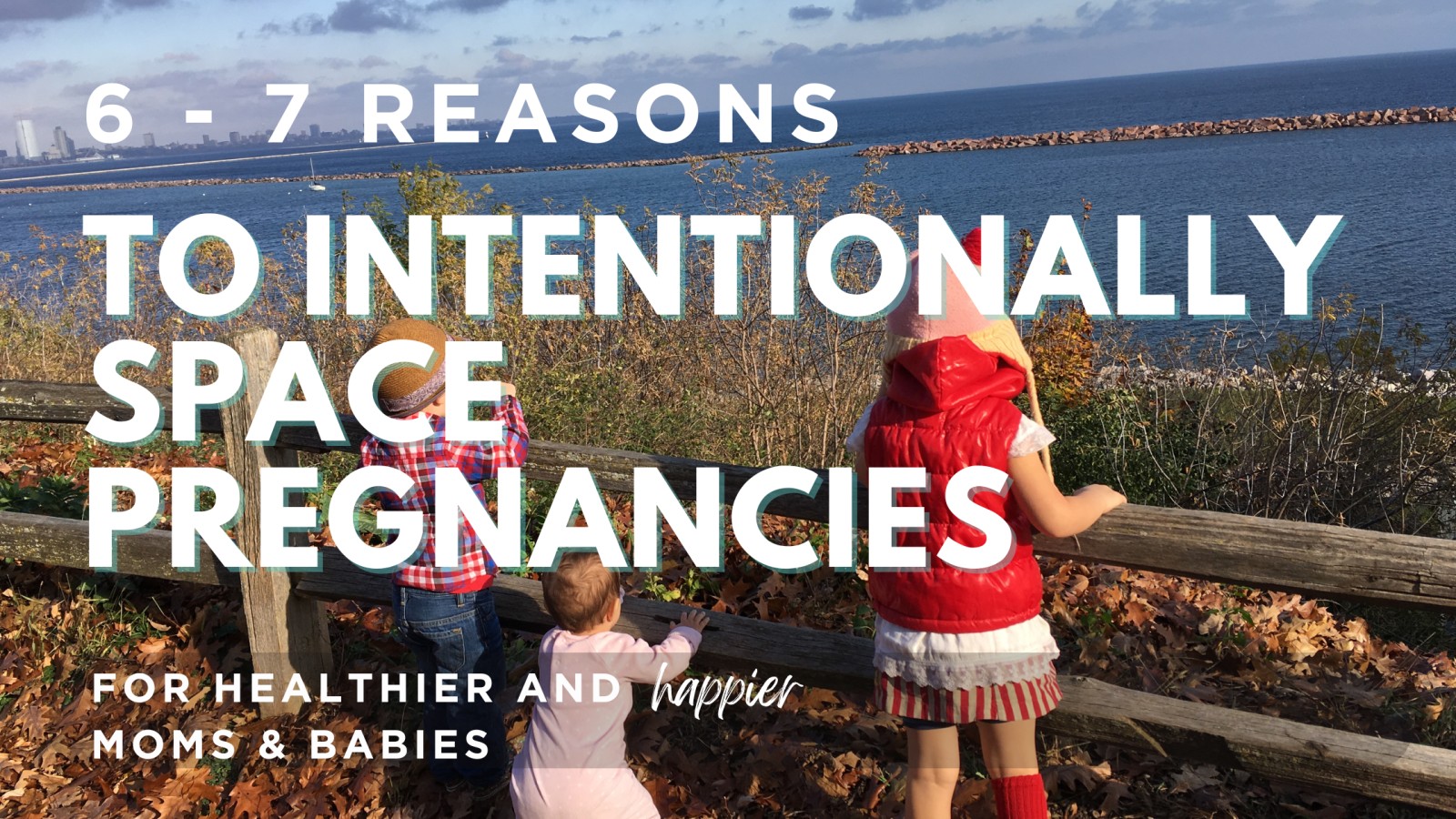I planned well for my breastfeeding experience. I located a La Leche League meeting before birth, I read two books on breastfeeding, I think I even took a class. I had a healthy pregnancy, delivery without interventions and didn’t have any known risk factors for breastfeeding trouble.
Though I was initially worried that my awkward looking breasts wouldn’t do the trick, what I’d learned reassured me that all breasts, no matter the size, can make milk.

Within minutes of birth my sweet baby was latched well and I was enjoying my first foods after the birth. Forty-eight hours later there was another story. Our Midwife arrived for our check in and I’d overslept due to being up all night with an insatiable baby. I was already experiencing my first moments of anxiety that presented as rage. Of course I didn’t know that, I just knew I was exhausted.

Our daughter had lost 12% of her body weight. We settled on a plan to supplement half an ounce, nurse for 10 minutes each breast and then I would pump for 20 minutes. The next weigh in she still had not gained and we were up to an ounce per feed. The next weigh in she was gaining but too slowly so we did 2oz per feed.
I’ll never forget running out of donor milk and having to use formula. I could not think of a bigger failure at that point. My body had failed my baby and I didn’t have liquid gold to give her. I was so distraught I made it incorrectly and my husband had to walk to the store and buy more.

I was drowning in worry, shame and terror. I had no idea why this was happening and no one else seemed to either. Halfway through her first year, I discovered one paragraph in The Womanly Art of Breastfeeding that changed the course of my life. The words Insufficient Glandular Tissue were attached to those rare women who couldn’t exclusively breastfeed. The description of IGT breasts described mine perfectly and I dove deep into the internet researching that phrase.
In 2011, there weren’t many places you could find information on IGT, but I found them. And while I have many breastfeeding journey stories to share, today I want to direct you to what I have found to be the best book on low milk supply. The Breastfeeding Mother’s Guide to Making More Milk here is the newer, inclusive edition
Check out my review on IGTV below:
This book is excellent and necessary as many professionals are not equipped to recognize, and treat low milk supply. Nor are there many places where mothers can find camaraderie and community when struggling with chronic low supply. Most mothers will need more support than just a book, and I’d love to have mamas get the support they need.
Schedule your free breastfeeding coaching session to lay out a plan to get you to your goals.
 You're probably so excited about welcoming your baby into your home, if you're like most moms you're probably flipping through a few books, you've download some apps, and listening to your friend's and family's experience. You're probably doing your part to be a star patient for your doctor or midwife.
You're probably so excited about welcoming your baby into your home, if you're like most moms you're probably flipping through a few books, you've download some apps, and listening to your friend's and family's experience. You're probably doing your part to be a star patient for your doctor or midwife.







0 Comments